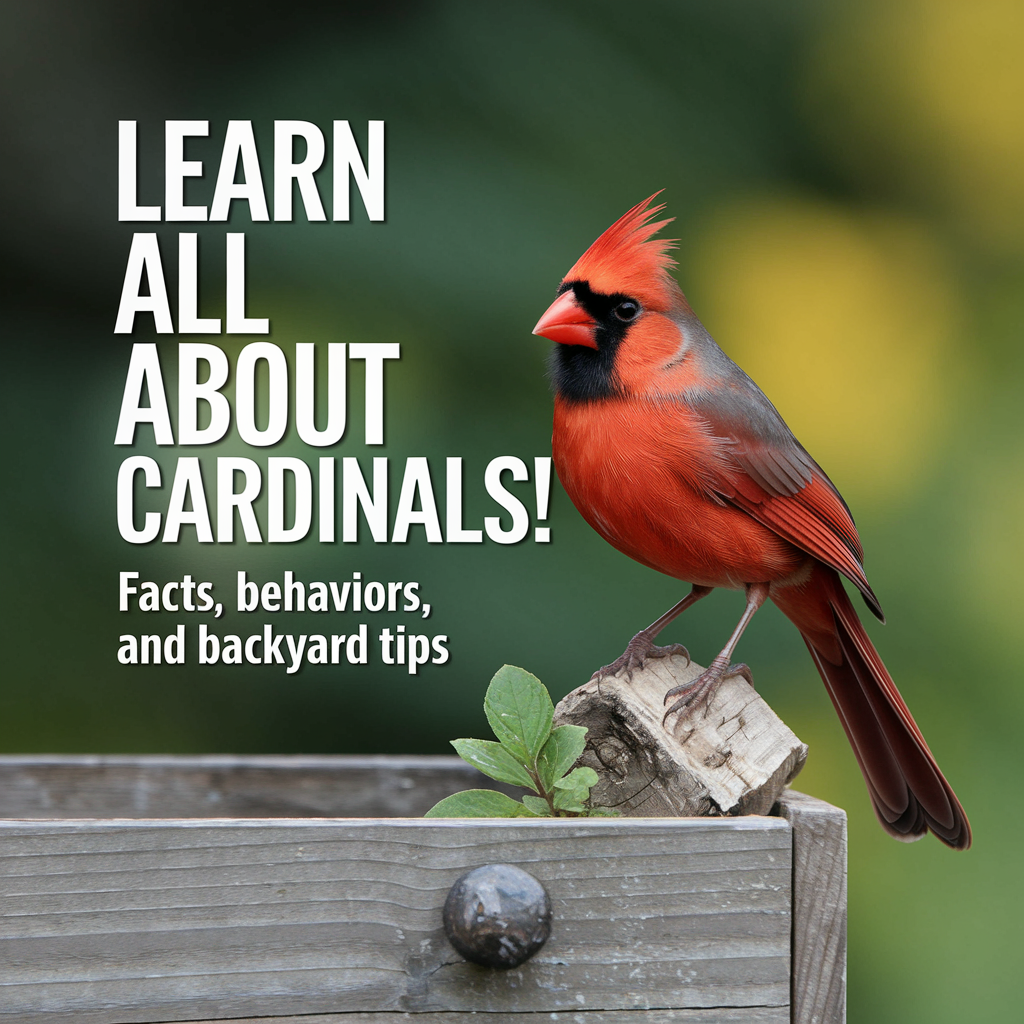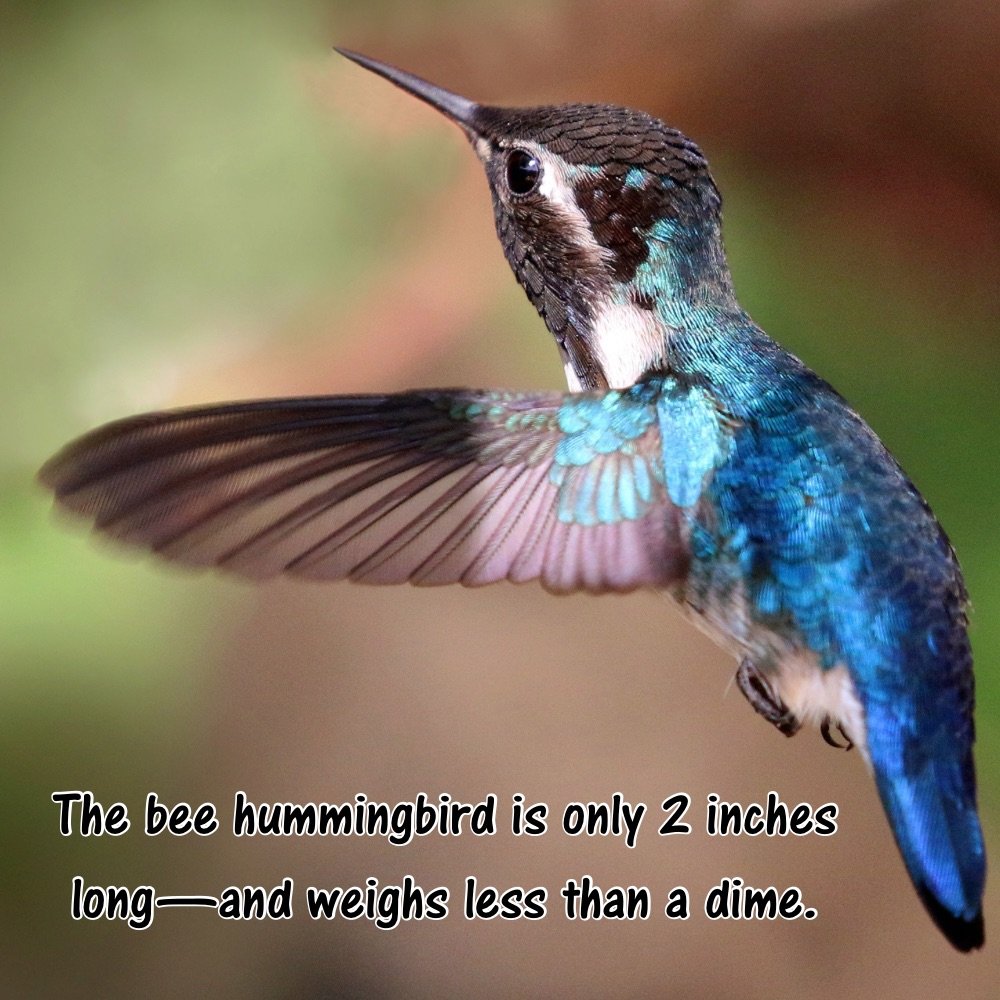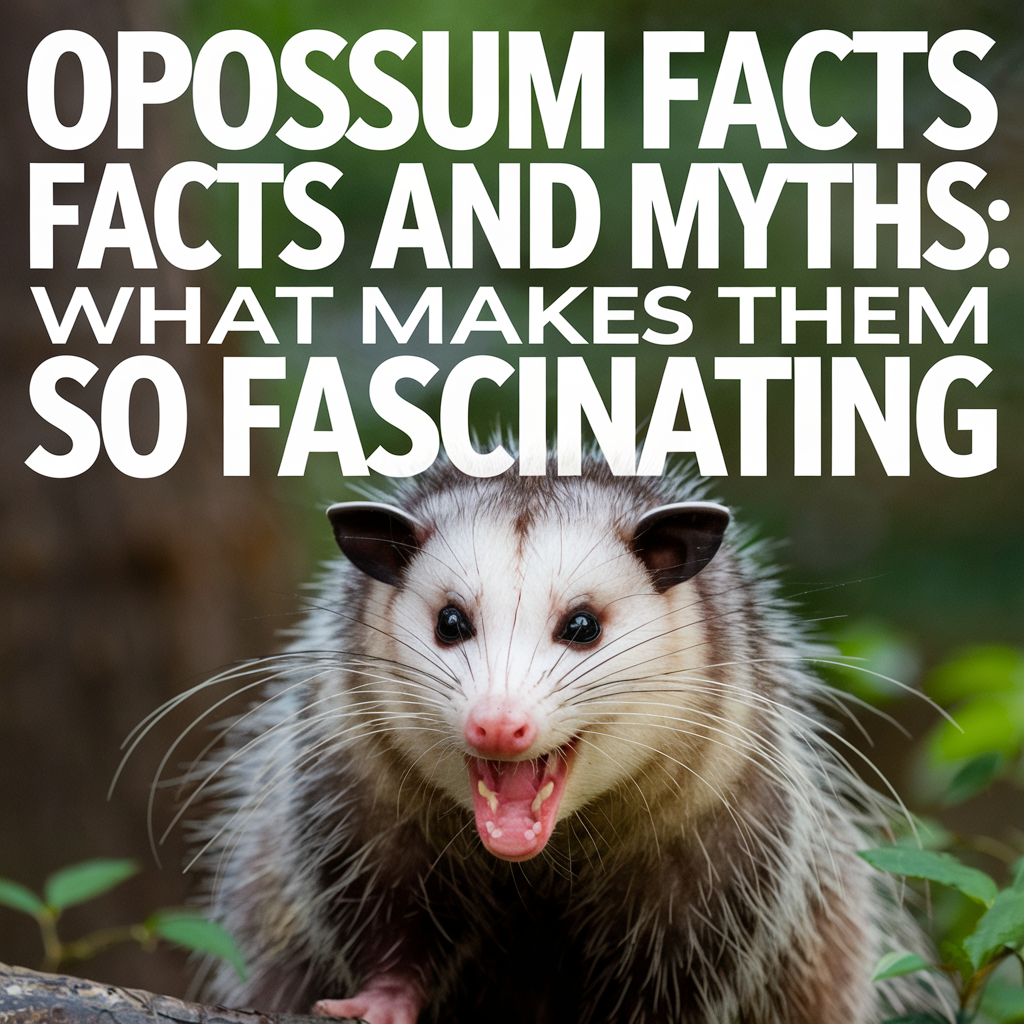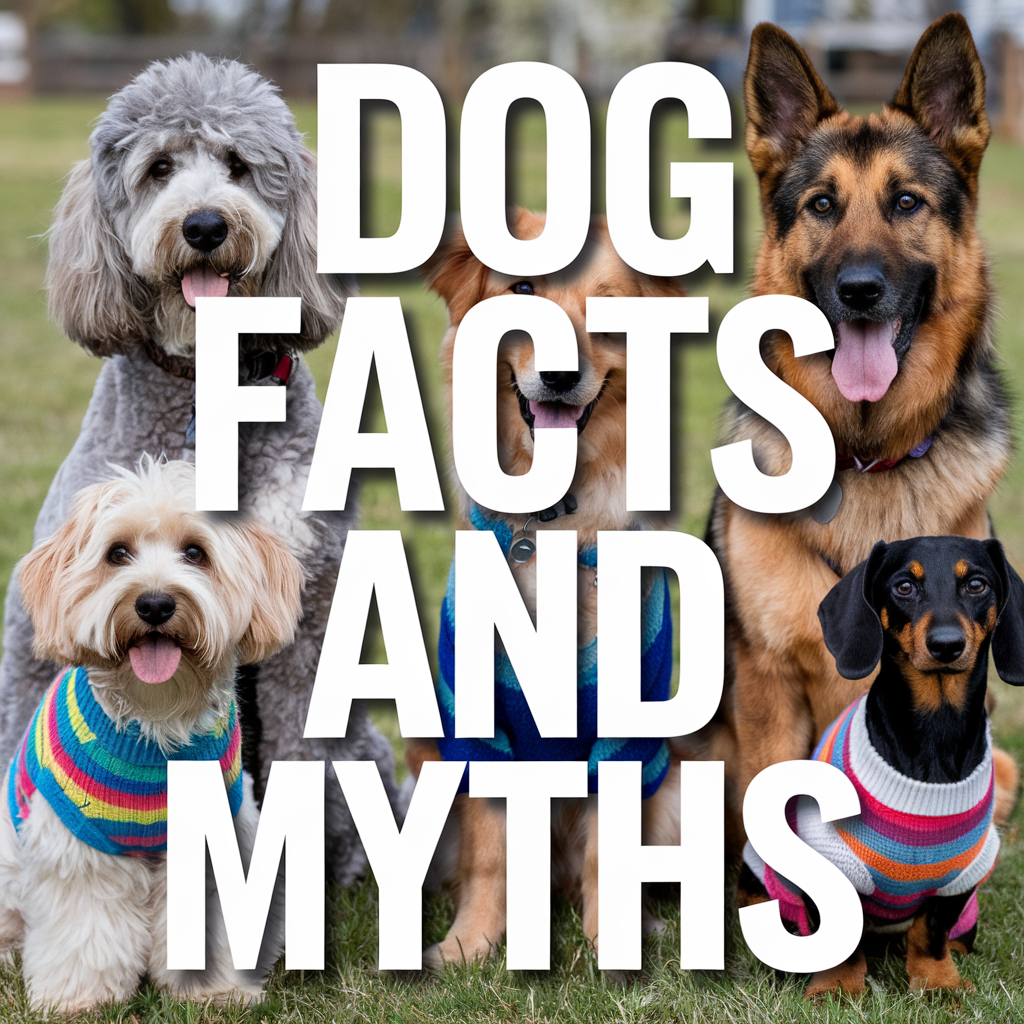
Birds Are All Around Us
Step outside and chances are, you’ll hear birds before you see them. Whether it’s the early morning song of a robin or the sharp call of a hawk flying overhead, birds are everywhere. From city streets to quiet forests, they’ve adapted to just about every environment.
And let’s be honest—most of us take them for granted. But once you stop and pay attention, their world is wild, weird, and totally fascinating.
What Actually Makes a Bird a Bird?
It’s easy to spot a bird—but what makes a bird a bird? There are a few telltale signs:
- Feathers – The one feature that no other animals have.
- Beaks – Birds don’t have teeth. Instead, their beaks are specially shaped for their diets.
- Laying Eggs – All birds lay eggs, usually in nests they build themselves.
- Lightweight Bones – Most birds have hollow bones to help them fly.
- Wings – Even flightless birds like ostriches have wings—they just don’t use them for flying.
So next time you’re wondering if something is a bird, just look for feathers. That’s the deal-breaker.
How Birds Fly (and Why Some Don’t)
Birds have mastered the skies with wings that are built for lift. When they flap, they create a force that lifts them up and pushes them forward. Their bones are light, their muscles are strong, and their feathers act like little airfoils.
But not all birds can fly. Some, like penguins, traded flying for swimming. Others, like ostriches and emus, stay grounded for good, evolving strong legs for running instead. Then there’s the kiwi, which… just sort of waddles around New Zealand in the dark. Still a bird, though.

Different Types of Birds You’ll See in the U.S.
From coast to coast, America is packed with bird diversity. You’ve got:
- Songbirds – Like cardinals, finches, and blue jays.
- Waterbirds – Ducks, geese, herons, and more.
- Birds of prey – Think hawks, owls, and eagles.
- Shorebirds – Like sandpipers and seagulls along the coasts.
- Game birds – Turkeys, quail, and pheasants.
- Hummingbirds
Whether you’re in the desert, mountains, or your own backyard, there’s always a new feathered friend to spot.

The Smartest Birds Out There
Don’t let the phrase “bird brain” fool you—some birds are scary smart. Here are a few that’ll make you do a double take:
- Crows can solve puzzles, recognize human faces, and even hold grudges.
- African grey parrots have been known to use words in context, not just mimic.
- Pigeons can recognize themselves in a mirror (a rare trait for animals).
- Ravens plan ahead and use tools—seriously.
So yeah, next time a bird stares at you… it might be judging.
Bird Communication: Tweets, Calls, and Dances
Birds don’t just make noise—they talk. Well, not in English, but their songs and calls are rich with meaning:
- Territory claims – “This tree’s mine, back off.”
- Mating songs – “Hey ladies, look at me!”
- Warning calls – “Cat incoming, scatter!”
Some birds also use body language. Cranes dance. Peacocks strut. Even the humble pigeon puffs up when it’s feeling bold.
Bird Migration: The Sky-High Commute
Birds are the original frequent flyers. Every year, millions of birds travel thousands of miles to find food, warmer weather, or the perfect nesting spot.
Some migration facts that’ll blow your mind:
- Arctic terns travel up to 44,000 miles a year between the poles.
- Swainson’s hawks head from North America all the way to Argentina.
- Bar-tailed godwits can fly nonstop over the Pacific for more than a week.
No GPS. No snacks. Just instinct and a mission.
Backyard Birdwatching for Beginners
You don’t need to go to the forest to watch birds—you can start right at home. Here’s how:
- Put up a feeder – Black oil sunflower seeds are a hit.
- Add a water source – A shallow birdbath works wonders.
- Get binoculars – You’ll notice way more than with just your eyes.
- Use a bird ID app – Merlin Bird ID is great for beginners.
Start paying attention and you’ll be shocked how many species are already hanging around.
Should You Feed Birds? The Right and Wrong Way
Feeding birds can be a great way to help them out, especially in winter. But there are a few do’s and don’ts:
Do:
- Offer seeds, nuts, and suet (especially in cold months).
- Keep feeders clean to avoid disease.
- Place feeders near trees for safety.
Don’t:
- Feed bread—it’s not good for birds.
- Leave out spoiled food.
- Put feeders near windows without decals (to prevent collisions).
Feeding can bring joy, but it comes with responsibility too.
Baby Birds: From Egg to First Flight
Ever peeked into a nest and seen tiny, helpless chicks? Baby birds go through big changes fast:
- Egg Stage – Mom (or both parents) incubate the eggs for 10–20 days.
- Hatchlings – Born featherless, blind, and totally dependent.
- Nestlings – Start growing feathers and opening their eyes.
- Fledglings – They leave the nest but still depend on mom and dad.
- Juveniles – Now they’re learning to fly and find food solo.
If you see a baby bird on the ground, don’t panic—it might just be learning to fly.
Birds in Cities vs. Birds in the Wild
Not all birds live in the trees or the mountains—some have become total city dwellers. Here’s how they compare:
Urban Birds:
- Pigeons, house sparrows, and starlings are everywhere.
- They’ve learned to nest in buildings and find food in trash.
- Many are active around humans and cars.
Wild Birds:
- Include hawks, warblers, and woodpeckers.
- Depend more on natural food and nesting materials.
- Are more sensitive to noise and pollution.
City birds get street-smart, while wild birds stay tuned to nature’s rhythm.
What Do Birds Eat?
Birds don’t all eat the same thing—different beaks, different diets. Here’s a breakdown:
- Seed Eaters – Finches, cardinals, and doves.
- Insect Eaters – Swallows, wrens, and robins.
- Meat Eaters – Owls, hawks, vultures.
- Fruit Lovers – Orioles, tanagers, waxwings.
- Nectar Feeders – Hummingbirds with their long tongues.
Some birds, like crows, eat just about anything. Seriously, they’ll even snack on French fries.
The Importance of Birds to the Ecosystem
Birds do more than look pretty or sing us awake. They actually help keep nature in balance:
- Pollination – Hummingbirds help flowers bloom.
- Seed spreading – Many birds poop out seeds, replanting forests.
- Pest control – They gobble up mosquitoes, beetles, and worms.
- Carcass cleanup – Vultures keep disease down by eating dead animals.
Without birds, ecosystems would crumble fast. They’re the silent workers of the wild.
Endangered Birds and Why They Matter
Sadly, not all birds are thriving. Some are disappearing—and fast. A few at risk include:
- California condor
- Whooping crane
- Kakapo (from New Zealand)
- Ivory-billed woodpecker (possibly extinct)
Most endangered birds are suffering due to habitat loss, pollution, and climate change. Saving them isn’t just for their sake—it keeps ecosystems running strong.
Common Bird Myths People Still Believe
There are a ton of wild myths about birds that just aren’t true. Let’s clear some of them up:
- “Touch a baby bird and mom will reject it.” – False. Birds don’t care about your scent.
- “Owls are bad luck.” – Nope. They’re just good hunters.
- “Penguins live at the North Pole.” – Not even close. They’re strictly Southern Hemisphere birds.
- “All birds can fly.” – Ostriches, kiwis, and cassowaries beg to differ.
The truth? Birds are cooler than the myths.
Can Birds Recognize Humans?
Believe it or not—yes, some birds absolutely recognize people. Especially the smart ones:
- Crows can pick you out of a crowd and remember your face for years.
- Parrots can learn your name and associate it with you.
- Pigeons remember feeding routines and show up right on time.
So if you’ve ever felt watched by a bird… you might be right.
Why Birds Build Nests (And How They Do It)
Nests aren’t just a place to lay eggs—they’re carefully engineered homes. Birds use:
- Twigs
- Grass
- Mud
- Hair
- Even string or plastic from your yard
Some birds build in trees, others on cliffs, ledges, or even chimneys. And some, like the bowerbird, go all out decorating with colorful items to impress a mate. HGTV, eat your heart out.
Birds That Sing vs. Birds That Don’t
Most birds vocalize, but not all are great singers. There’s a difference between:
Songbirds – Thrushes, wrens, robins. They have developed voice boxes (syrinx) that allow melody and variation.
Non-songbirds – Herons, ducks, vultures. They squawk, grunt, or hiss but don’t make complex songs.
And then there’s the lyrebird, which can mimic just about any sound, even chainsaws and car alarms. Look it up—it’s wild.

How to Attract More Birds to Your Yard
Want your yard to become a bird paradise? Here’s how to make that happen:
- Feeders – Offer a mix of seeds, suet, and nectar.
- Water – Birdbaths or small fountains are irresistible.
- Shelter – Trees, shrubs, or even a birdhouse.
- Native plants – Birds love plants that naturally grow in your region.
Bonus tip: Avoid using pesticides. Bugs are bird food!
For more wildlife-friendly ideas, explore our full bird category here 🐦.
How Birds Inspire Humans Every Day
Birds have long influenced human culture. From ancient myths to modern sports teams, they’ve always had a place in our hearts.
- The bald eagle became a symbol of American freedom.
- Owls represent wisdom in ancient Greek culture.
- Doves are signs of peace and hope.
Even today, birdwatching is one of the fastest-growing hobbies in America. There’s just something about them that keeps us looking up.



